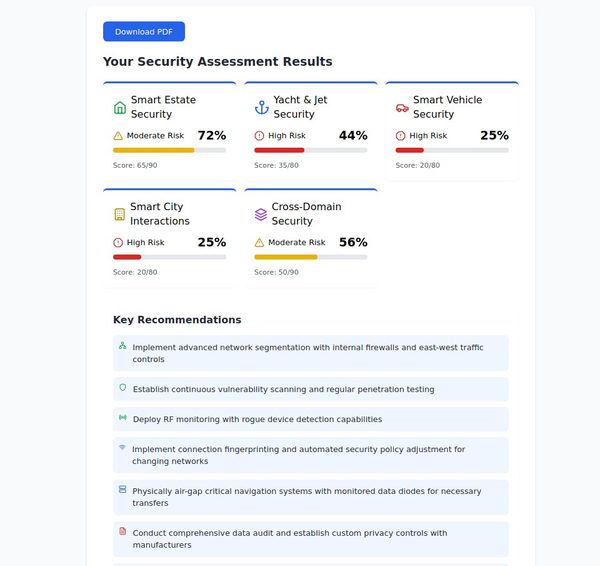The Role of Machine Learning in Intrusion Detection: Protecting smart home

Explore how machine learning algorithms can enhance intrusion detection systems in smart homes. Discuss the benefits of using machine learning for identifying and preventing security breaches.
Introduction: With the increasing complexity of cyber threats, securing smart homes has become a critical concern. Intrusion detection systems play a vital role in safeguarding smart home networks and devices from unauthorized access. Machine Learning (ML) techniques are revolutionizing intrusion detection, enabling more accurate and proactive threat identification. In this article, we explore the role of machine learning in intrusion detection and how it can enhance the security of your smart home environment.
Understanding Intrusion Detection in Smart Homes:
a. Intrusion Detection Systems (IDS):
- Definition: Intrusion Detection Systems monitor network traffic and device behavior to identify potential security breaches or unauthorized access attempts.
- Importance for Smart Homes: Smart homes are vulnerable to various cyber threats, making intrusion detection crucial for maintaining a secure environment.
b. Traditional Intrusion Detection Challenges:
- Signature-based Detection: Traditional IDS relies on predefined signatures, making it less effective against emerging and evolving threats.
- High False-Positive Rates: Traditional IDS may generate many false alarms, making distinguishing genuine threats from benign activities challenging.
Leveraging Machine Learning in Intrusion Detection:
a. Benefits of Machine Learning:
- Anomaly Detection: ML algorithms can detect abnormal patterns or behaviors that may indicate potential threats, even if they don't match known attack signatures.
- Adaptive Learning: ML models can adapt and improve over time by learning from new data and continuously updating their understanding of normal and abnormal network behaviors.
- Reduced False Positives: ML-based IDS can significantly reduce false alarms by accurately identifying malicious activities and distinguishing them from legitimate user behavior.
b. Machine Learning Techniques in Intrusion Detection:
- Supervised Learning: ML models are trained on labeled datasets, enabling them to classify network traffic as normal or malicious based on identified patterns.
- Unsupervised Learning: ML algorithms learn from unlabeled data, allowing them to identify anomalies in network behavior without prior knowledge of specific attack signatures.
- Deep Learning: Deep Neural Networks can process vast amounts of data, making them effective in detecting complex and sophisticated attacks.
Implementing Machine Learning-Based Intrusion Detection in Smart Homes:
a. Data Collection and Preparation:
- Relevant Data Sources: Collect and analyze network traffic, device logs, and other relevant data sources to train ML models.
- Feature Extraction: Extract meaningful features from the collected data, such as packet characteristics, device behavior, or communication patterns.
b. Model Training and Evaluation:
- Dataset Creation: Split the collected data into training and testing datasets, ensuring an adequate representation of both normal and malicious activities.
- Model Selection and Training: Choose appropriate ML algorithms and train them using the labeled training dataset, fine-tuning parameters for optimal performance.
- Performance Evaluation: Assess the trained model's performance using the testing dataset, measuring metrics such as accuracy, precision, recall, and false-positive rates.
c. Real-Time Intrusion Detection:
- Model Deployment: Deploy the trained ML model to monitor real-time network traffic and device behavior, flagging potential intrusions or anomalous activities.
- Continuous Model Improvement: Regularly update and refine the ML model with new data to adapt to emerging threats and improve its detection capabilities.
Complementary Security Measures for Smart Homes:
a. Network Segmentation: Separate smart home devices into different network segments, limiting the impact of a potential breach and preventing lateral movement.
b. Strong Authentication: Implement two-factor authentication and strong passwords for smart home devices and networks to prevent unauthorized access.
c. Regular Software Updates: Keep smart home devices and firmware up to date with the latest security patches to address known vulnerabilities.
d. User Awareness and Education: Educate household members about safe browsing habits, avoiding suspicious links or downloads, and the importance of privacy and security practices.
Conclusion: Machine Learning-powered intrusion detection systems offer an effective means of enhancing the security of smart homes. By leveraging ML algorithms to identify anomalies, detect threats, and reduce false positives, smart home owners can better protect their networks, devices, and personal data. Combining machine learning-based intrusion detection with other security measures and user education forms a comprehensive strategy for safeguarding smart homes in the face of evolving cyber threats.





